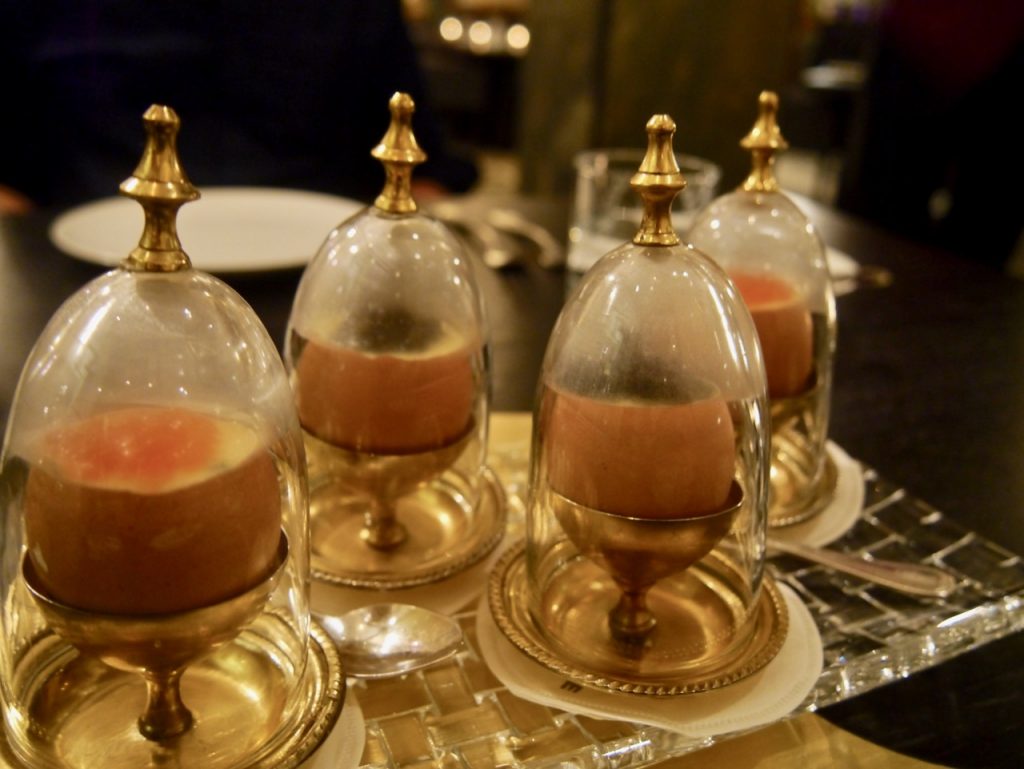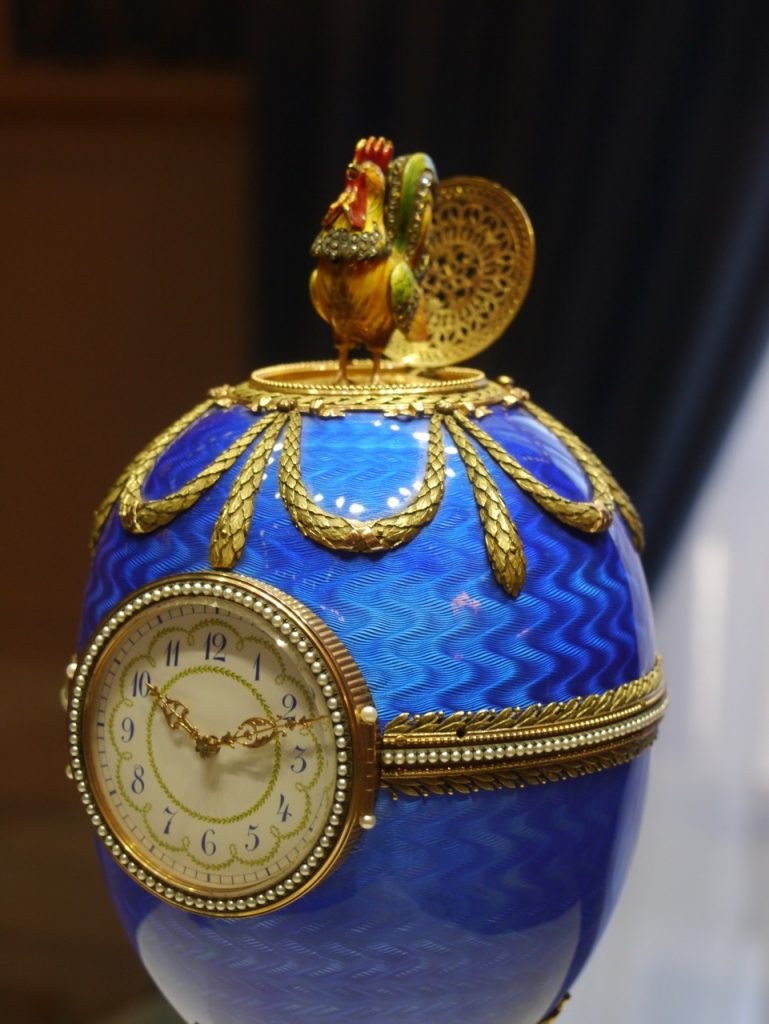Our trip to St Petersburg started off well with perfectly cooked scrambled eggs and a glorious sunrise. I would recommend splashing out on Gordon Ramsay’s Plane Food in Terminal 5, if not for the teriffic views and relative peace and quiet, then for the quality of food and coffee. It’s nice to feel like a mildly glamorous world-traveller before reality sets in and you’re herded on to a crowded plane and squashed into a seat with less room than a discount coach.
Flying in to St Petersburg it was interesting to see the great swathes of land and forest contrasting with the highly concentrated clumps of tower blocks and then the dense and sprawlling city. Driving to our hotel I was shocked at how big the city was, how wide the roads were and how very much it resembled a western European city only much, much larger. But of course that was the whole point really, St Petersburg was Russia’s window on the world, bringing them into the modern era. And indeed – it remains Russia’s most modern city today. I was a little anxious about going to Russia; I didn’t know if anyone would speak English or if I would enjoy the food or warm to the people.
I had nothing to worry about on any of those fronts because St Petersburg is one of the most modern, progressive European cities I’ve ever seen. There is food and coffee everywhere; from street-stalls selling hot corn and mulled wine to hatch-backs serving espresso out of the boot, there are inviting cafes and restaurants on every corner and lining all the major roads including plenty of franchises like Subway and MacDonald’s.
We were staying in Nevsky Prospekt, and our favourite place was a place called Biblioteka. Apparently there’s three floors, but we only ever ate at the cafe on street level. What I love about the modern cafes, including Biblioteka, is that you can get most western classics (hot dogs, burgers, soup, salad) as well as traditional Russian dishes like Russian salad, latkes and dumplings. And every single place we ate at served up excellent quality food, from Soviet donuts and Georgian chebureki to the most delicious chicken noodle soup and Azerbaijan dumplings. We only just grazed the tip of the Russian iceberg when it comes to cuisines from the former Soviet Union.
Our first night was super special because we enjoyed the caviar and vodka tasting menu at the Caviar Bar in the Belmond Grand Hotel Europe, (which you can read about in detail here). We began with the Imperial Cocktail which included a selection of oscietra malossol, sterlet and salmon caviar, served on blinis with sour cream accompanied by a tasting set of premium vodkas including with the Beluga Noble, Chisti Rosi, Onegin. We had an expert who spoke excellent English, talk us through the caviar, the vodka and the best way to savour the flavours. The caviar was not what I expected; it was much, much better. So beautifully subtle in flavour, creamy, light, fresh and luxurious, I was thrilled for the opportunity to experience this incredible pairing of Russia’s most famous exports. The caviar we enjoyed was mostly unpatseurised which means you’ll only ever be able to eat it inside Russia, as export laws make pasteurising mandatory.
Thinking I’d hit the peak of pleasure, our next course arrived. Selected from the Caviar Journey menu, the signature dish of L’Europe restaurant is called Egg in Egg, and features three egg shells filled with truffle-flavoured scrambled eggs, oscietra, bester and salmon caviar. This decadent dish contains every single element of food that I’ve ever loved – delicately scrambled, creamy eggs with a hint of truffle, and the fresh, lightly-salty burst of caviar. A truly divine mouthful and maybe the best thing I’ve ever eaten. The whole meal, peppered with infused vodkas and Russian red wine, remains one of my most treasured memories; not because of the food alone but because I was there with my husband, we were in Russia and it was snowing ever-so-gently. I was in my own snow-globe of Russian romance.
We walked a lot, saw all the major sites. We marvelled at The Church of the Savior on Spilled Blood and the Winter Palace, saw a mummified body at the Hermitage Museum, oggled eggs at the Faberge Museum, witnessed the burial tombs of the last remaining Romanovs at Peter and Paul Cathedral. We were blown away by the size and scale of Kazan Cathedral and St Isaac’s Cathedral. We segwayed the sweeping streets and gently rolling river-side byways on a freezing cold but crystal-clear morning, we searched for the basement in Yusopov Palace where Rasputin was shot and enjoyed live jazz at the famous JFC venue. I’ve become a fan of Georgian cuisine because both times we ate Georgian food I was filled to the brim with good cheer and comfort.
The people of St Petersburg are very friendly and speak enough English to help you. While it feels far flung and exotic, a cultural adventure, the progressive spirit of the city removes any reservations you might have had about visiting Russia. With little areas for children to play in every single cafe/restaurant, high levels of safety on the street, and lots of different European, American and Asian tourists, St Petersburg is a welcoming, inclusive place. The city itself is gargantuan; laced with canals and river tributaries, it’s brimming with enormous architecture and magnificent facades like the famous Cafe Singer (where Singer sewing machines were invented) and the newly restored Eliseyev Emporium. The cafes and restaurants of St Petersburg are amongst the best I’ve ever experienced, in terms of everything from service and decor to quality and variety of food. St Petersburg was designed for and deserving of world-wide admiration, a truly wonderful, cosmopolitan city that should be on everyone’s list of must-see cities.











